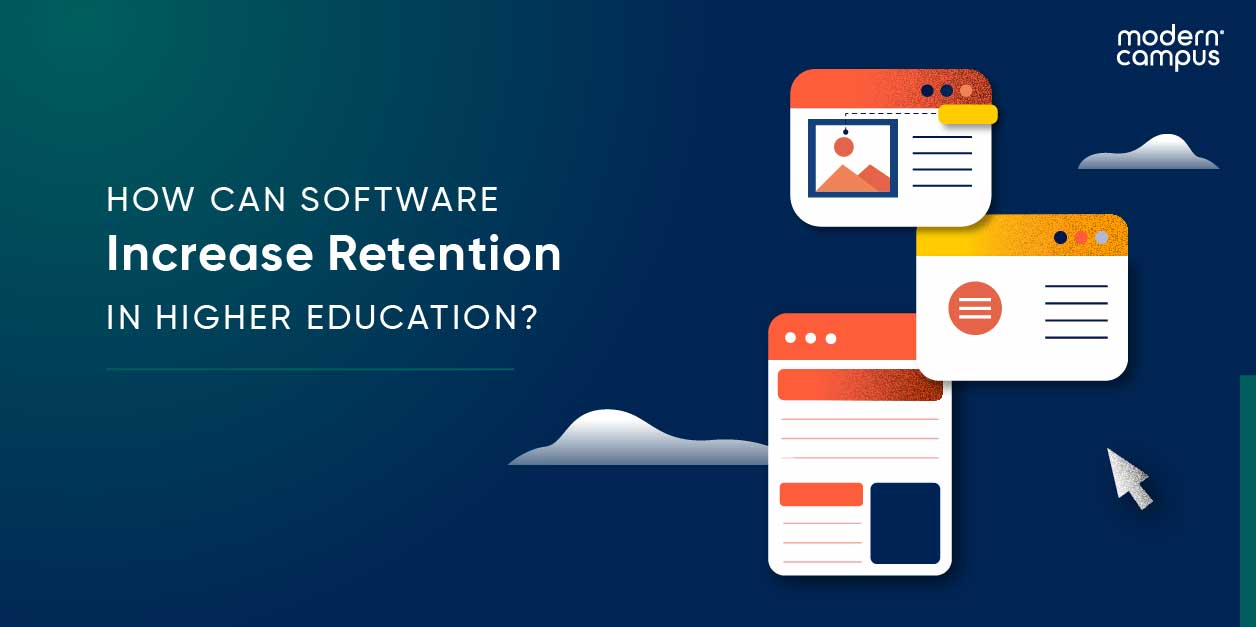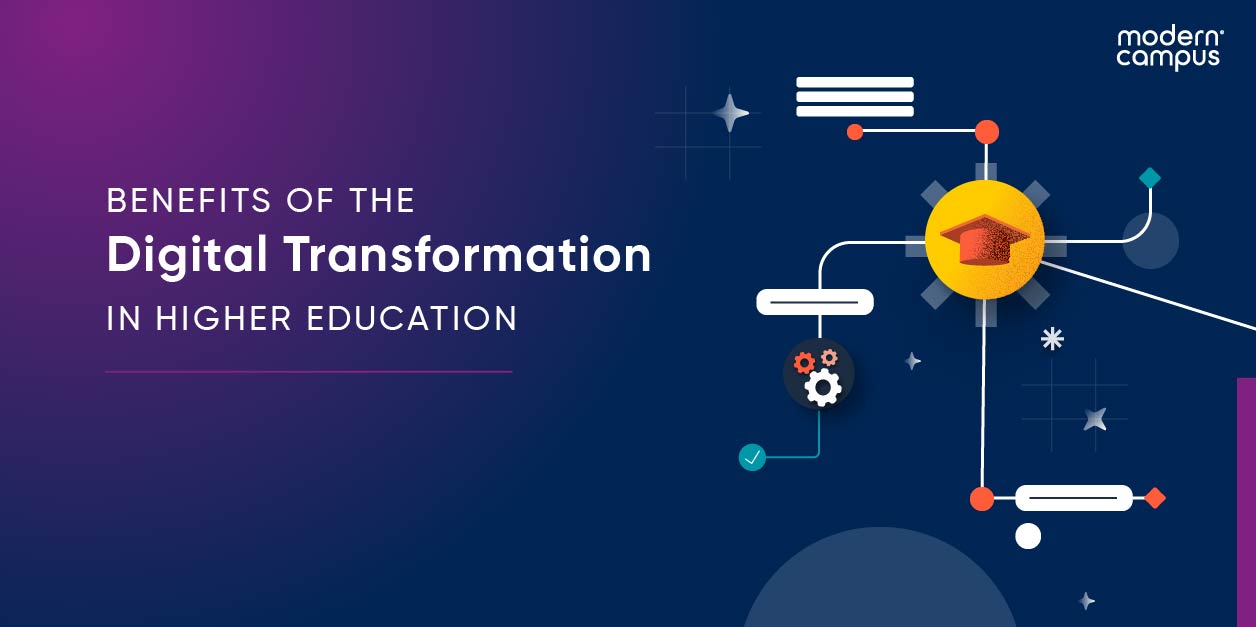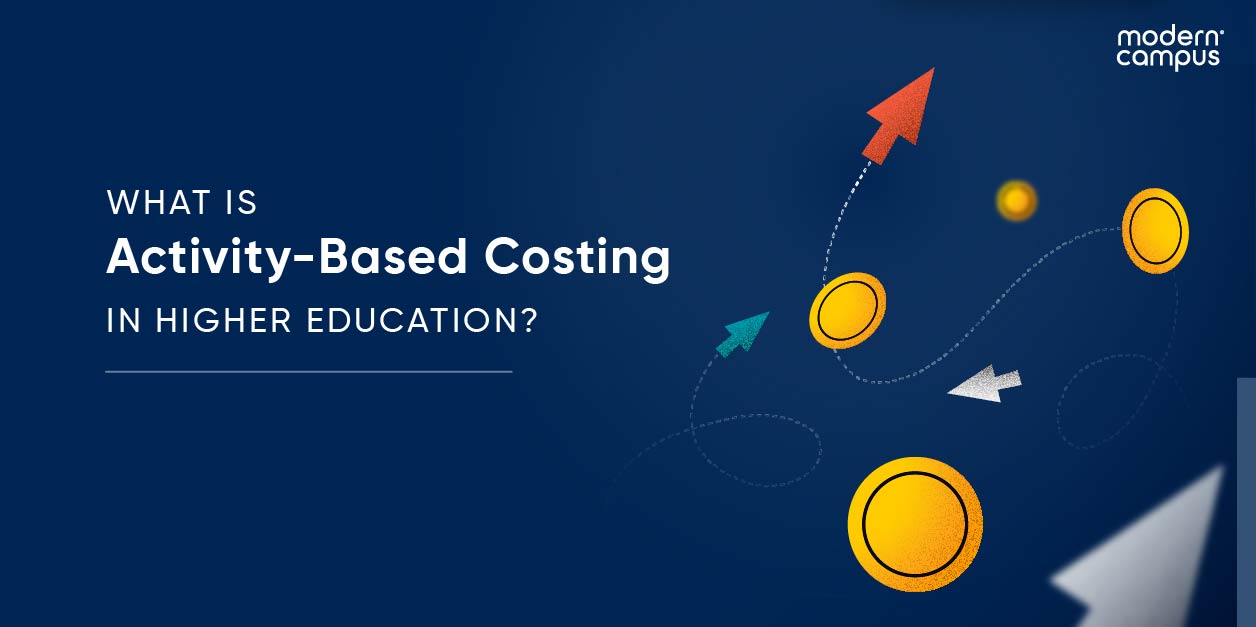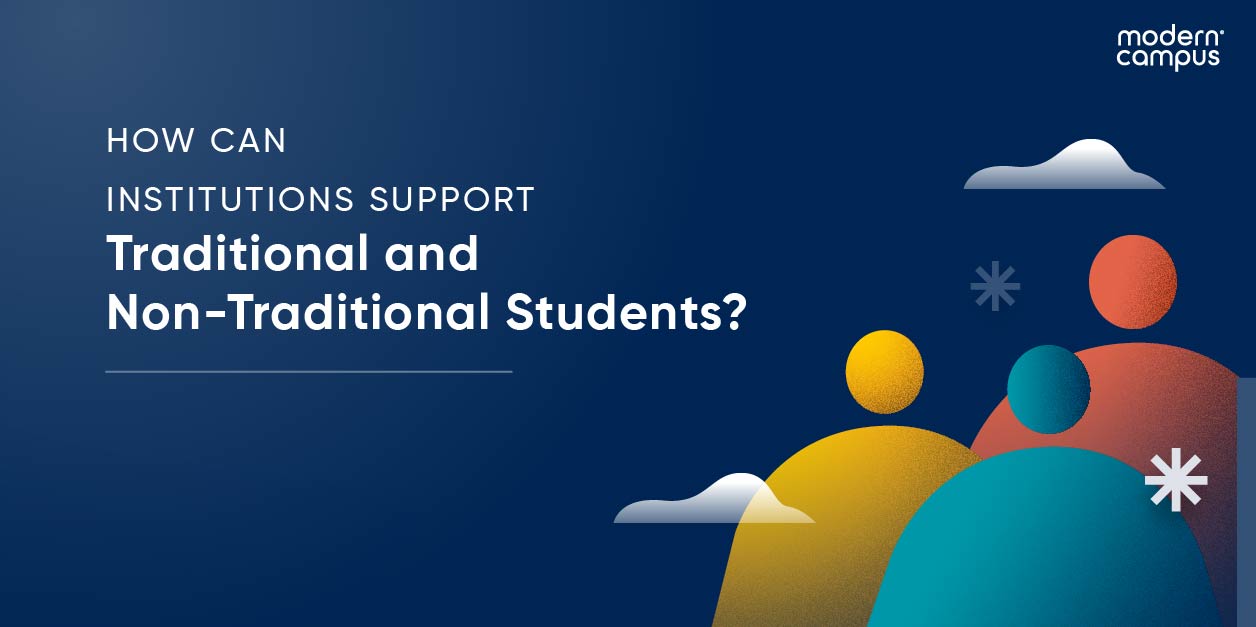Student Retention Software's Role in Higher Education
Retention and graduation rates within higher education can be fickle; every change an institution makes to its programs and services stands to positively or negatively affect at least one student’s ability to stay enrolled.
Fortunately, there are many best practices that have been proven to either correlate with or directly lead to increased retention rates. However, these practices require widespread communication, collaboration across departments, and dynamic approaches to student engagement. Student retention software is purposefully designed to tackle all of that and more.
What is student retention software?
Student retention software is a comprehensive technological solution that’s purposefully built to help institutions of higher education identify and address factors that may hinder a student's academic progress and holistic satisfaction. It often encompasses student engagement software, learning management systems, and education technology, among other solutions.
By leveraging comprehensive data and learning analytics, streamlining processes, and enabling solutions that support students at scale, these systems empower educational institutions to develop proactive interactions to common student success barriers.
Thereby, such software supports—and often makes possible—the institution’s retention improvement strategy.
Key Features of Student Retention Software
Most higher education retention software providers will offer the following features in their solutions. By understanding what rewards you stand to gain by optimal usage, your institution can develop the right implementation plan, set appropriate goals, and properly evaluate software options.
Early Warning Systems
Early warning systems (also known as alert systems) allow institutions to identify students who are at high risk of encountering academic, mental, or social challenges that correlate with above-average stop-out or drop-out rates. In other words, these systems help colleges and universities develop the right interventions for the right learners based on known risk factors related to student performance and behaviors.
When institutions use earning warning systems to guide their decision-making, they save time and money, allocate resources where they’re needed most, and provide struggling students with the support services they need to stay enrolled and earn a credential.
Predictive Analytics
Harnessing the power of data analytics and predictive modeling, these solutions anticipate potential roadblocks in a student's academic journey. By analyzing historical data and patterns, institutions can spotlight challenges and implement preventative measures to keep students enrolled.
Communication and Engagement
Effective communication is essential for fostering an academic environment wherein students feel supported. Retention software tools, including text messaging, website personalization, and digital student portals keep students in constant, reliable communication with faculty and staff. When students and staff can easily connect and find the information they need, it boosts access to—and usage of—essential support services.
Tracking Progress and Outcomes
Comprehensive tracking features enable institutions to monitor student progress and outcomes over time. This data-driven approach allows colleges and universities to spot opportunities for continuous improvement and refinement of intervention strategies based on timely results.
Integration with Existing Systems
To maximize efficiency, student retention management software should integrate with the institution's existing technical systems, approaches, and processes. Integration ensures a cohesive and unified approach to student support, avoiding silos and streamlining procedures across multiple offices, departments, and campuses.
How to Choose the Right Student Retention Software?
Selecting the right software for student retention is crucial for achieving optimal results. Here are some top factors to consider.
Scalability
Choose a solution that can scale alongside the growth of your institution. Scalability is a way of future-proofing; it means that the software will remain effective as your enrollment grows, providing consistent support for every student and staff member.
Customization Options
Look for software that allows you to meet the unique needs of your institution through customization. The ability to tailor interventions, internal processes, and communication strategies ensures a more personalized, effective approach to student success while staying true to what makes your college or university unique.
Integration Capabilities
Prioritize solutions that seamlessly integrate with your existing system. This feature will prove key to promoting inter-departmental collaboration and maintaining unified, efficient workflows.
Ease of Use
As with any tools you adapt, your student retention management software should be user-friendly for both administrators and end-users (including students, alumni, faculty, and staff). Look for intuitive interfaces, clear navigation, and accessibility features that will encourage quick, enthusiastic, and widespread usage of your retention solutions.
Data Analytics and Reporting
Advanced analytics are essential for identifying at-risk students, tracking progress, and measuring the effectiveness of retention initiatives. Your higher education retention software should provide comprehensive reporting features to support data-driven decision-making. What’s more, your analytics dashboards should be customizable, easy to understand, and timely, allowing you to quickly spot the trends that matter most and take decisive action.
Support and Training
Just as students need support services to stay enrolled, your institution will need support from the software provider in order to make the most of the product. The right initial onboarding, ongoing training, and continued support will allow you to roll out the software correctly, customize its features to fit your needs, address any technical issues that may arise, develop strategies to encourage greater user adoption, and unlock new approaches to maximize retention.
Conculsion
Software for student retention leverages technological advances in lock-step with the needs, interests, and demands of today’s learners. By understanding its key features, choosing the right software, and leading a smooth adaptation, colleges and universities can ensure better student experiences—leading to greater student happiness, academic success, persistence, and retention.
Last updated: February 23, 2024




